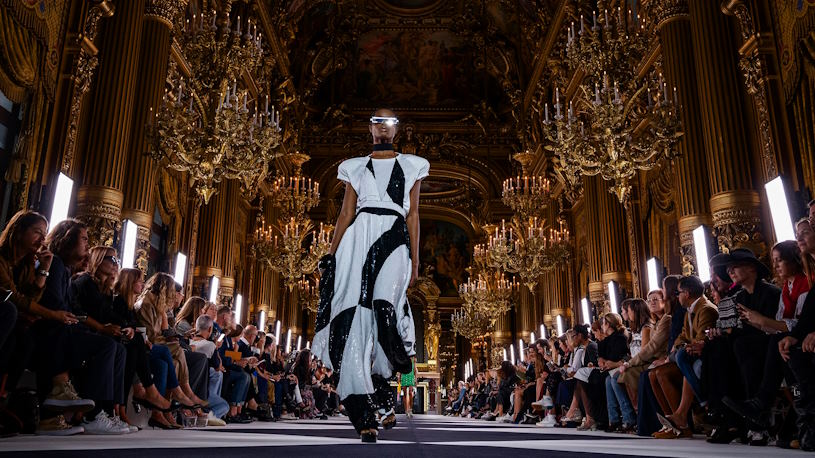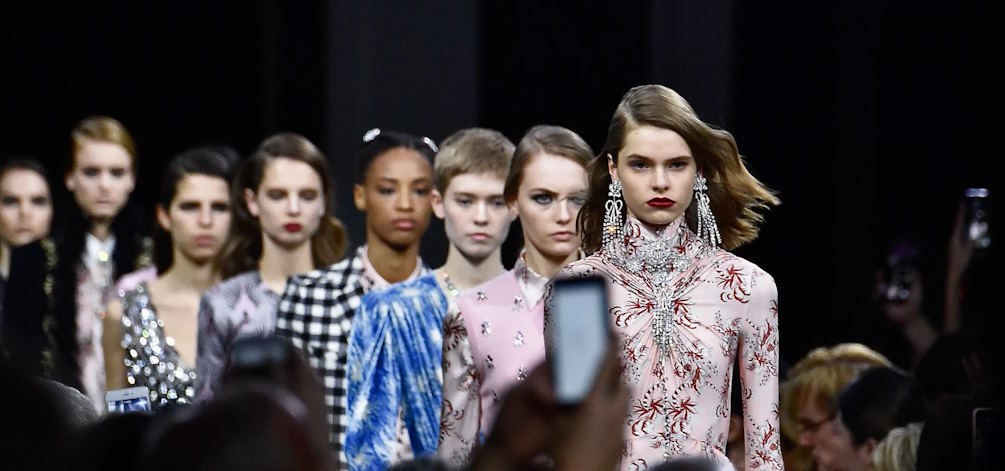Gone are the days when fashion was a monolithic entity, perpetuating a limited definition of beauty and style. In today’s globalized and interconnected landscape, the fashion industry is acknowledging its responsibility to mirror the rich tapestry of humanity. The transformation begins on the runway, where a new narrative of diversity is being written. By examining the significance of diversity, the intricacies of casting processes, challenges faced in breaking established molds, and the strategies that pave the way for a more inclusive fashion landscape, this article underscores how the decisions made during casting reverberate far beyond the catwalk, influencing societal standards and expectations.
The Significance of Diversity in Fashion Shows
Fashion, once considered a symbol of exclusivity, is now in the midst of a profound transformation. No longer confined to homogenous standards of beauty, fashion shows are redefining themselves as powerful platforms for diversity. In a society that values representation and inclusivity, these shows are no longer just about showcasing garments; they are about reflecting the multifaceted identities of a global audience. Diverse fashion shows serve as mirrors that reflect the varied tapestry of humanity, creating resonance and connection with viewers from all walks of life. By challenging age-old notions of beauty and presenting a more inclusive range of models, the fashion industry can shape societal perceptions and drive positive change. In a world where visual mediums hold immense sway, a diverse fashion show isn’t just a momentary spectacle—it’s a catalyst for a broader transformation.
 Understanding the Casting Process
Understanding the Casting Process
Behind the scenes of every fashion show lies a meticulous and intricate casting process that determines the faces that will grace the runway. This process is more than just selecting models; it’s a creative endeavor that shapes the entire narrative of the show. Pre-show planning involves conceptualizing the themes and messages of the collection, setting the tone for the casting process. Designers and casting directors must then identify their target demographics, understanding the diverse audience they aim to reach. Selection of models becomes a delicate art, requiring careful consideration of not only physical attributes but also how each model aligns with the collection’s ethos. Balancing diversity encompasses various dimensions—ethnicity, body type, gender, and age—ensuring that the models on the runway represent the rich spectrum of society.
Challenges in Model and Casting Management
The path toward diversifying fashion shows is not without obstacles. Historically, the industry has been criticized for its lack of inclusivity, perpetuating unrealistic standards of beauty. Breaking free from these entrenched norms is met with resistance from various corners. Some argue that diversity compromises artistic vision, while others perceive efforts as tokenism rather than genuine change. Striking a balance between acknowledging historical shortcomings and forging ahead with progress is a tightrope act that fashion houses must navigate. Overcoming these challenges requires a concerted effort, unwavering commitment, and an openness to redefining what fashion stands for in the modern era.
Best Practices for a Diverse Fashion Show
To successfully manage diverse fashion shows, collaboration emerges as a cornerstone. Designers, stylists, and casting directors must work in tandem to align visions and create a cohesive presentation. Establishing relationships with a broad spectrum of modeling agencies ensures access to a diverse pool of talent. Hosting casting calls and auditions that are genuinely inclusive fosters a sense of belonging among aspiring models. Providing necessary training and support for models who might be breaking new ground in their careers is essential for their success and the overall success of the show. By implementing these practices, fashion shows become not only showcases of creativity but also crucibles of change.
 Casting for Different Types of Fashion
Casting for Different Types of Fashion
Diversity isn’t a one-size-fits-all concept; it requires adaptation to different types of fashion. Runway shows demand models that enhance the collection’s narrative. High fashion and couture celebrate uniqueness, often veering away from conventional beauty ideals. Streetwear and casual wear thrive on reflecting the authenticity of the real world. Lingerie and swimwear must navigate the delicate balance between body positivity and comfort. Managing diverse casting in these diverse contexts is a testament to the fashion industry’s ability to adapt and transform.
Case Studies: Successful Diverse Fashion Shows
The transformative power of diverse casting is evident in the success stories of brands that prioritize inclusivity. Brands like Savage X Fenty and Chromat have celebrated diversity not just in their models, but also in their approach to design and presentation. The impact on sales, brand reputation, and audience engagement is significant, proving that diverse casting isn’t just a moral imperative—it’s a strategic move. These case studies shed light on innovative approaches that other fashion houses can emulate, paving the way for a more inclusive future.
Addressing Criticisms and Moving Forward
Change is often met with resistance, and diversifying fashion shows is no exception. Critics may accuse brands of “virtue signaling” or undermining artistic integrity. Addressing these criticisms requires a transparent dialogue about the motivations and intentions behind diversity efforts. Acknowledging missteps and learning from them is crucial in the journey toward progress. The fashion industry’s role in shaping societal norms is immense, and by staying committed to diversity and inclusivity, it can drive lasting change.

